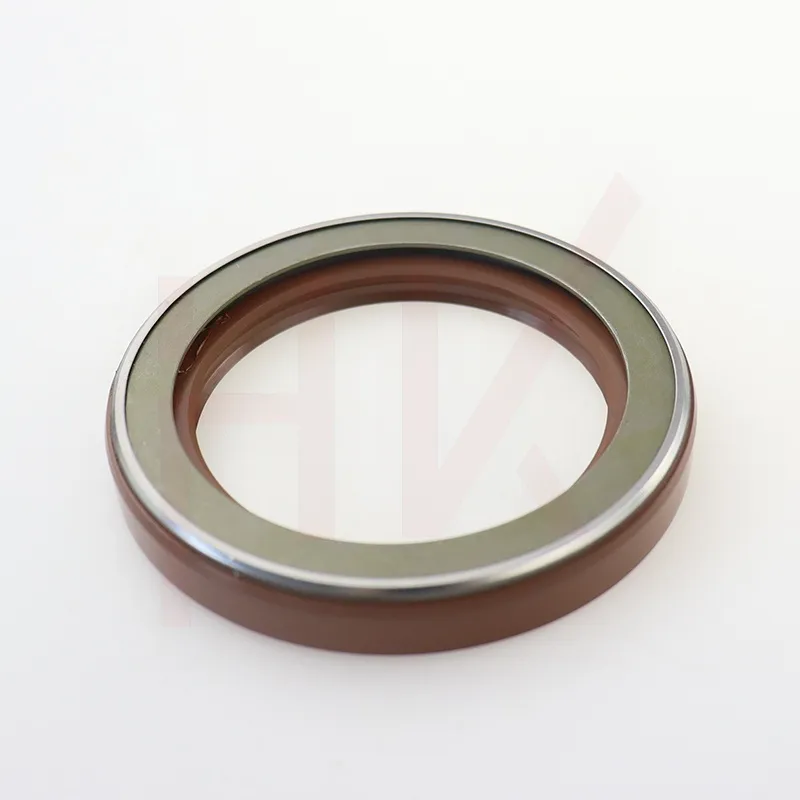Zář . 29, 2024 06:18 Back to list
Hydraulic Motor Seal Replacement Guide for Improved Performance and Longevity
Hydraulic Motor Seal Replacement A Comprehensive Guide
Hydraulic motors are integral components in various industrial machinery and equipment, ranging from construction vehicles to manufacturing systems. They convert hydraulic energy into mechanical energy, enabling the operation of a wide array of devices. However, like any mechanical component, hydraulic motors are subject to wear and tear, often requiring maintenance and repair. One of the most common maintenance tasks involves the replacement of seals. This article will explore the importance of hydraulic motor seal replacement, the symptoms of worn seals, and the step-by-step process of replacing them.
Importance of Seals in Hydraulic Motors
Seals in hydraulic motors serve a critical function they prevent hydraulic fluid from leaking and maintain the correct pressure within the system. This pressure is essential for the effective operation of the motor, allowing it to perform its designated tasks. If the seals fail, it can lead to fluid leaks, decreased efficiency, and potentially significant damage to the motor and the equipment it powers.
Symptoms of Worn Seals
Identifying worn or damaged seals early can prevent extensive repairs and downtime. Here are some common symptoms that may indicate the need for seal replacement
1. Fluid Leaks The most obvious sign is the presence of hydraulic fluid leaking from the motor. If you notice puddles or drips of fluid around the motor, it’s a clear indication that seals may be compromised.
2. Reduced Performance If the hydraulic motor is not responding as it should, or if it struggles to maintain speed or power, worn seals may be the culprit. Inefficient seals can cause a loss of pressure, leading to underperformance.
3. Increased Noise Unusual noises from the hydraulic motor can indicate that something isn’t functioning correctly. Worn seals may lead to air entering the system, resulting in cavitation and causing abnormal sounds.
4. Overheating If the motor is running hotter than usual, it can suggest internal leakage. Worn seals can allow hydraulic fluid to escape or reduce the efficiency of the cooling system.
Step-by-Step Seal Replacement Process
Replacing hydraulic motor seals can be a straightforward task if approached methodically
. Here’s a step-by-step guidehydraulic motor seal replacement

1. Gather Tools and Materials Before starting, ensure you have the necessary tools, including a wrench set, seal puller, clean cloths, and replacement seals. You may also need hydraulic fluid for refilling.
2. Safety Precautions Disconnect the power supply and relieve any pressure within the hydraulic system. It’s essential to ensure your safety and prevent any accidents.
3. Remove the Motor Disconnect the hydraulic lines from the motor, and then unbolt and remove the motor from its mounting. Be cautious of residual fluid.
4. Disassemble the Motor Once the motor is removed, carefully disassemble it. Take special care to note the positioning of all parts and make a diagram if needed.
5. Remove Old Seals Use a seal puller to remove the old seals from their respective grooves. Be gentle to avoid damaging the housing or other components.
6. Clean the Housing Thoroughly clean the seal grooves and surrounding areas to remove any debris or old seal remnants. This step is crucial for ensuring a proper seal.
7. Install New Seals Carefully install the new seals, ensuring they are seated correctly in the grooves. Make sure not to twist or damage them during installation.
8. Reassemble the Motor Once the new seals are in place, reassemble the motor in the reverse order of disassembly. Ensure all components are aligned correctly.
9. Reinstall the Motor Position the motor back onto its mounting and secure it in place. Reconnect the hydraulic lines, ensuring there are no kinks or restrictions.
10. Test the System Refill the hydraulic fluid if necessary and restore power to the system. Monitor for leaks and listen for any unusual noises. Conduct a test run to ensure the motor operates effectively.
Conclusion
Replacing seals in hydraulic motors is a vital task that helps maintain efficiency and prolongs the life of the motor. By recognizing the signs of worn seals and following a systematic approach to replacement, operators can ensure their hydraulic systems remain in optimal condition. Regular maintenance, including periodic checks of seals, will promote a healthier hydraulic system and minimize costly repairs in the long run.
-
The Trans-formative Journey of Wheel Hub Oil Seals
NewsJun.06,2025
-
Graphene-Enhanced Oil Seals: Revolutionizing High-Pressure Oil Sealing
NewsJun.06,2025
-
Future of Hydraulic Sealing: Advanced Intelligent TCN Oil Seals
NewsJun.06,2025
-
Don’t Let a Broken TCV Oil Seal Ruin Your Day
NewsJun.06,2025
-
Bio-Inspired Dust Seals for Better Sealing Performance
NewsJun.06,2025
-
Biodegradable and Sustainable Hydraulic Seal Materials
NewsJun.06,2025
-
Top Oil Seal Solutions for Your Industrial Needs
NewsMay.22,2025
Products categories
















